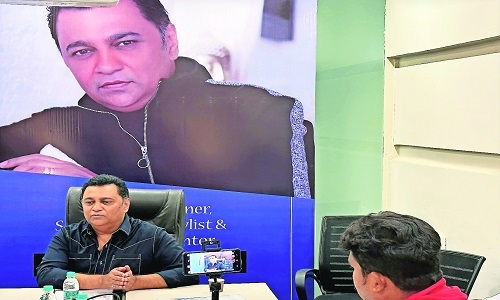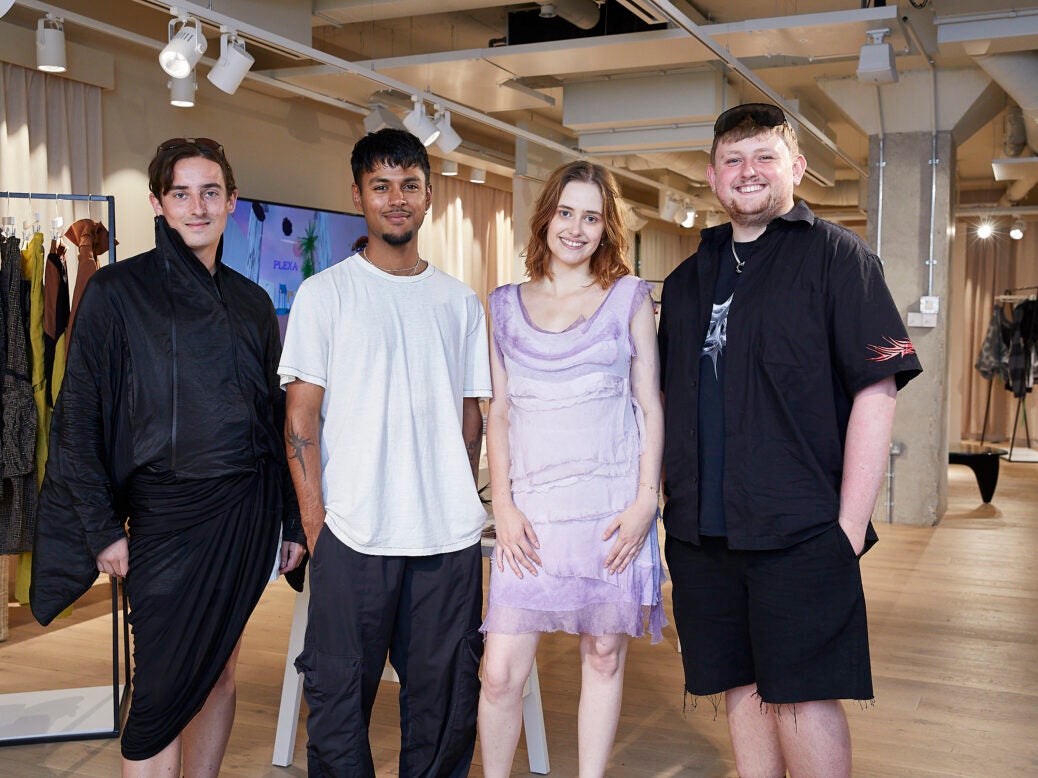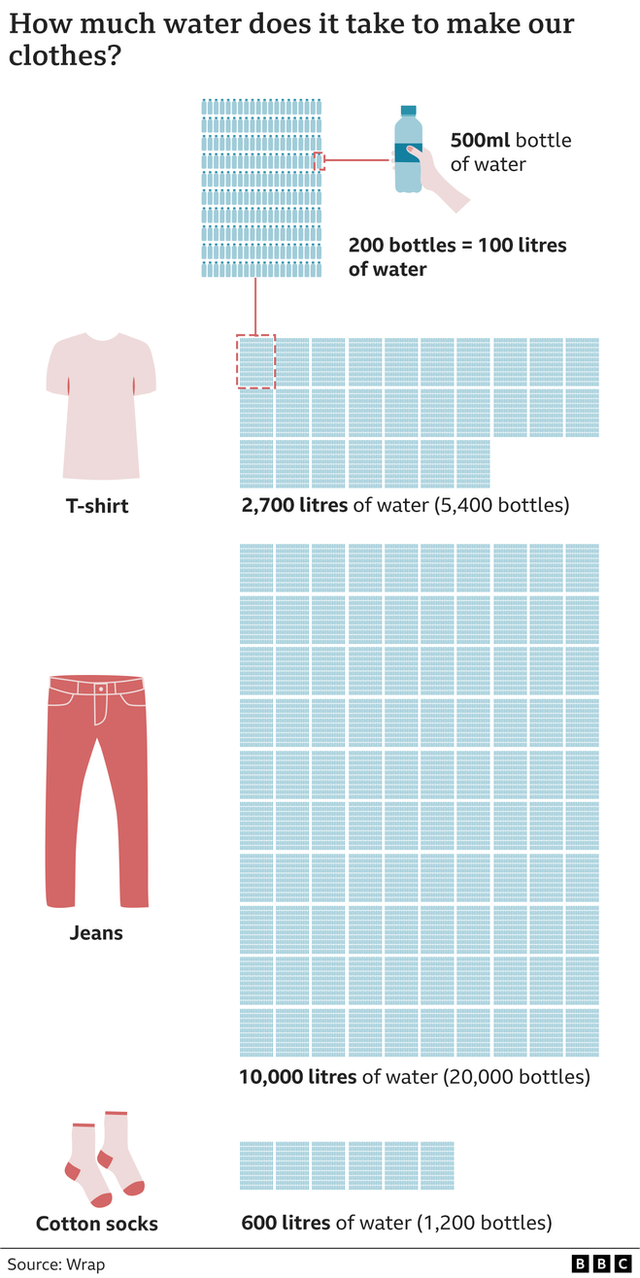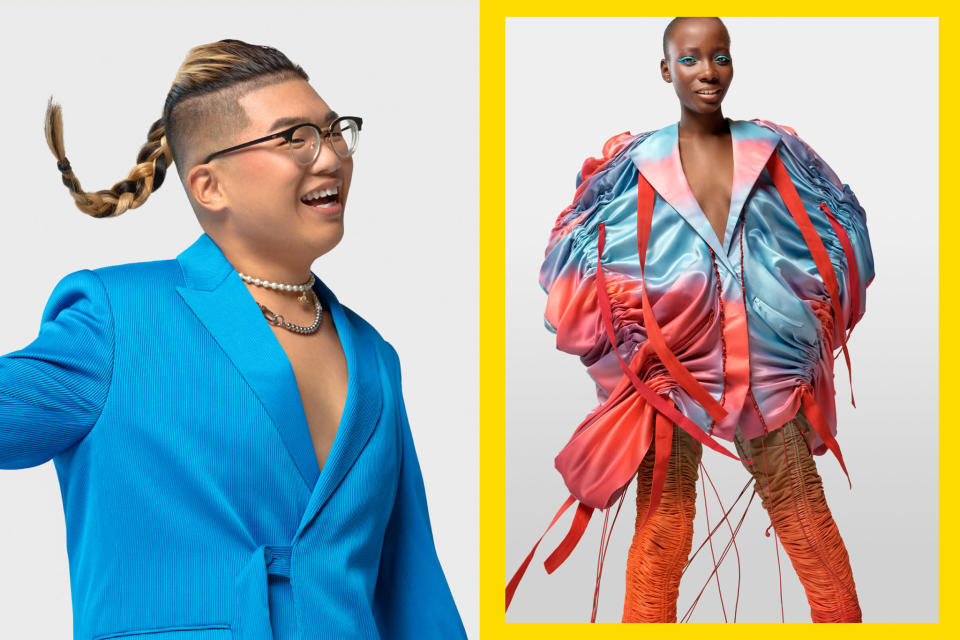Start small, make a name for yourself to succeed in fashion industry: Rebello

Business Bureau
BOLLYWOOD fashion designer and stylist Ashley Rebello, the man behind the iconic looks of Salman Khan in his Bollywood blockbusters and his Bigg Boss appearances in most watched reality TV show Bigg Boss 16, said, “First, fashion design students should start small and make a name for themselves at the local level. Apart from this, they should have a big vision, confidence and work hard to be recognised and succeed in the fashion industry.”
Robello was speaking at a press conference at the Inter National Institute of Fashion Design (INIFD) at Ambazari Layout on Wednesday.
He visited the INIFD campus and conducted an exclusive design workshop with INIFD design students. Sarvesh Agrawal, Managing Director of INIFD Nagpur and others were also present. Robello further said that he is the brand ambassador for INIFD and has been working for more than 30 years in the fashion industry. He said that the students of Nagpur were very talented and creative. During the workshop he gave an insight to the students on the fashion trends. He shared the art of fashion design and the versatility involved this field. INIFD students presented sustainable looks in a fashion show by using the waste material and unused clothes where they displayed their ingenious creativity. He provided valuable advice to the students in the workshop that would give direction to their design portfolio.
In every project, Robello works with 30 to 40 design students on the sets and gives them in-depth hands on experience.
Robello’s interaction with the INIFD Nagpur students was a great learning experience of being a star designer.








